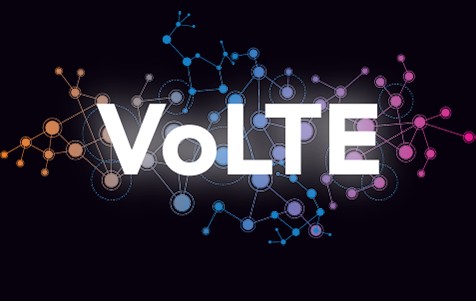Underappreciated and underrated, voice over LTE is here
A new form of wireless network, supported LTE however runs only on unaccredited spectrum, it is within the works of Qualcomm analysis.
VoLTE is still only a voice product, but recent developments reveal how easily it can give much more to enterprises.
Apple isn’t acknowledged for its adoption of newest, unverified technology. Therefore its support of vocalization LTE is ironic. Ironic, as a result of VoLTE, because it is additionally referred to as, are some things of a sleeper property commonplace for shoppers, and even for businesses, that’s solely currently setting out to show its promise.
Apple initial created it offered within the iPhone half-dozen, supporting voice and information streams at up to a hundred and fifty megabits per second. the corporate conjointly seems to be adding VoLTE support to its next-gen wireless telephone receiver, in step with a report in obviously Apple.
VoLTE’s footprint, however, is poised to travel abundant deeper and wider than Apple’s audience, as immense as that’s.
VoLTE may be a commonplace that supports the routing of voice traffic over the 4G LTE networks that carriers square measure presently victimisation to transmit information. Its advantages embrace providing better-quality voice calls and therefore the ability to use each voice and information at an equivalent time. It conjointly provides higher network potency, creating it additional possible for carriers to encourage and invest in its adoption.
While this sounds additional sort of a telecommunication strategy aimed toward shoppers, businesses ought to be looking at its approach yet. VoLTE is confessedly still a voice product, a technology that companies and shoppers have just about nailed down. However it’s the potential to supply far more — and it’s turning into a reality abundant quicker than 5G, which, let’s face it, isn’t even a longtime commonplace nonetheless.
Of course 4G’s path to thought use — the quality on that VoLTE is predicated — wasn’t precisely a simple line marked by transparency and sincere promoting by carriers. Therefore it’s apprehensible if some distrust would possibly still be lingering.
A brief history of 4G’s broken promise
Just to place VoLTE into context, a quick summary of 4G is critical.
In March 2008, the International Telecommunications Union-Radio communications sector (ITU-R) extended the wants of the 4G standards. Referred to as the International Mobile Telecommunications Advanced (IMT-Advanced) specification, these standards set the speed needs for 4G service at a hundred megabits per second for high-mobility communication and one gigabit per second for low-mobility communication.
It came in 2 totally different variations: mobile WiMAX, and LTE, or semipermanent evolution.
However, as carriers extended services that were branded as 4G, it quickly became clear they didn’t meet the ITU commonplace. a number of years later, the organization determined to wave these services across the line anyway, tacitly acknowledging that whereas they didn’t fulfill the IMT-Advance needs, they were still on the far side 3G and so may well be referred to as 4G “provided they represent forerunners to IMT-Advanced compliant versions and a considerable level of improvement in performance and capabilities with relation to the initial third generation systems currently deployed.”

